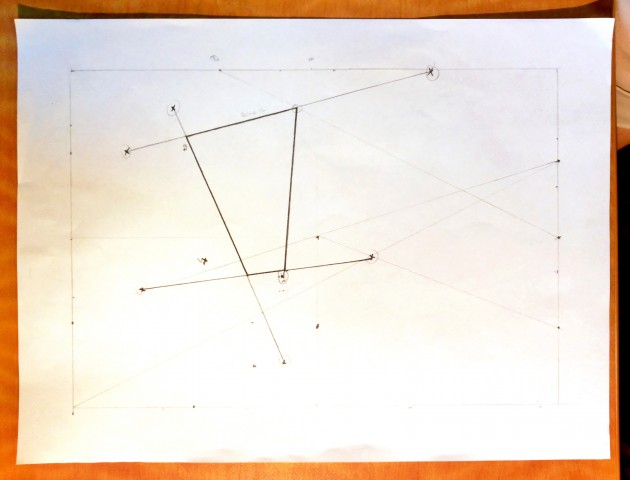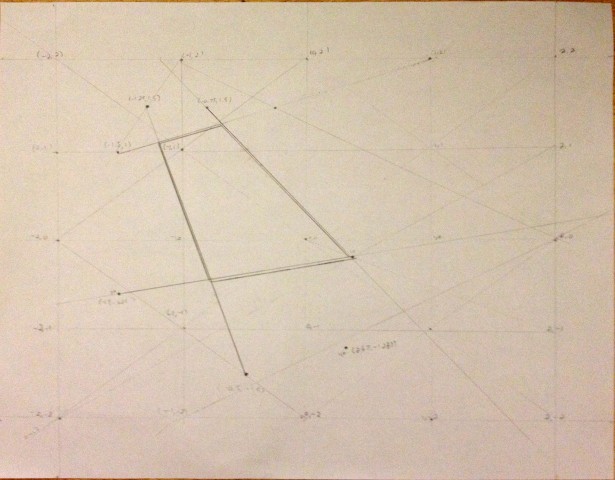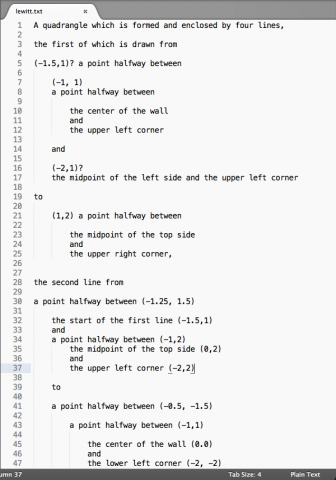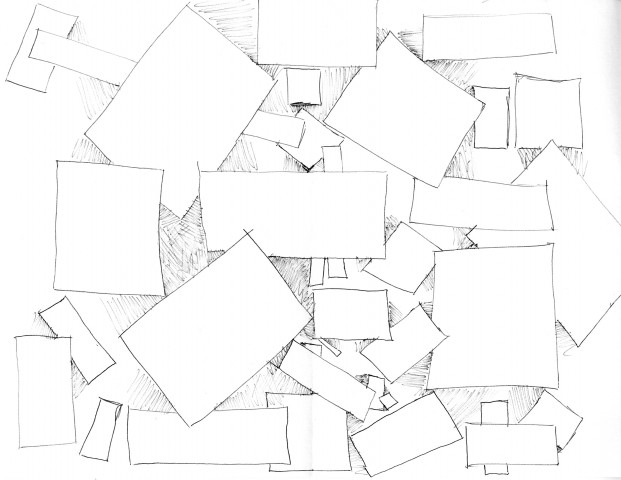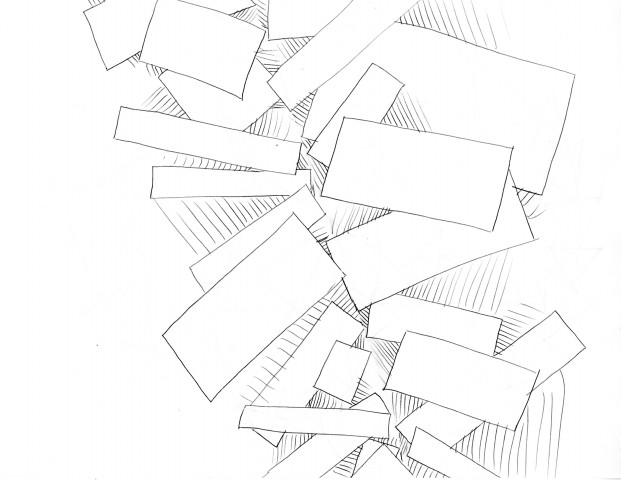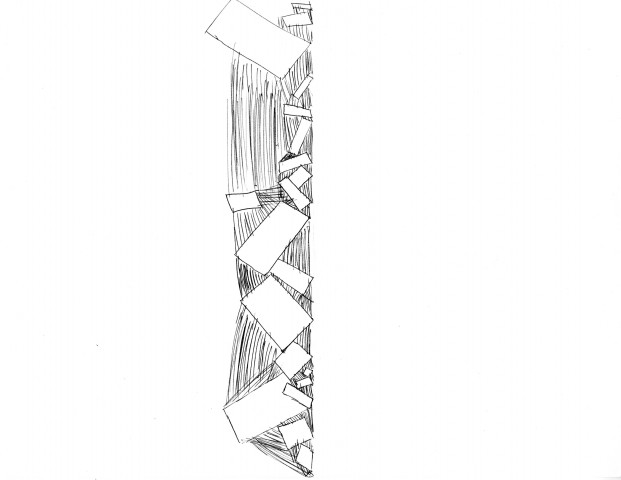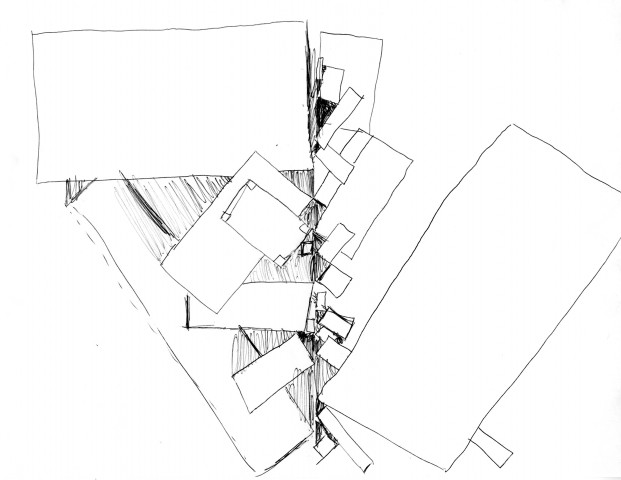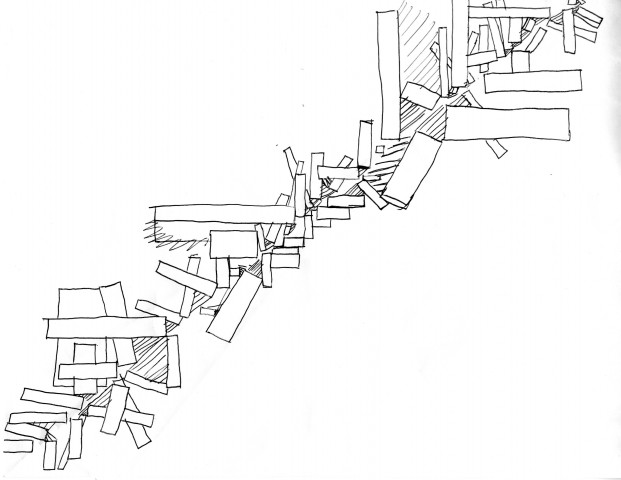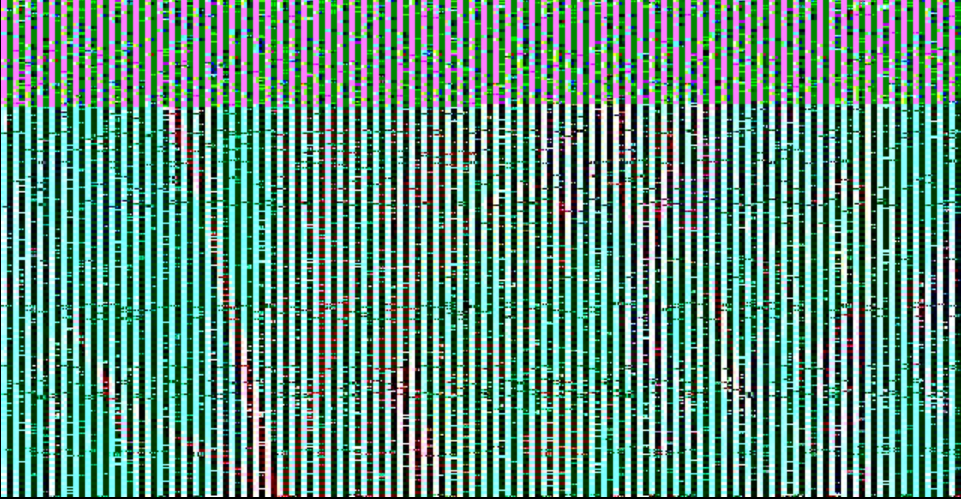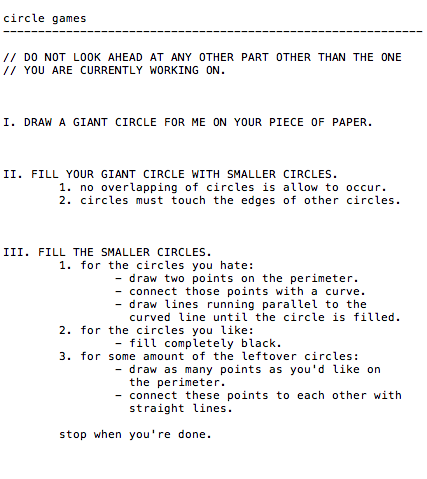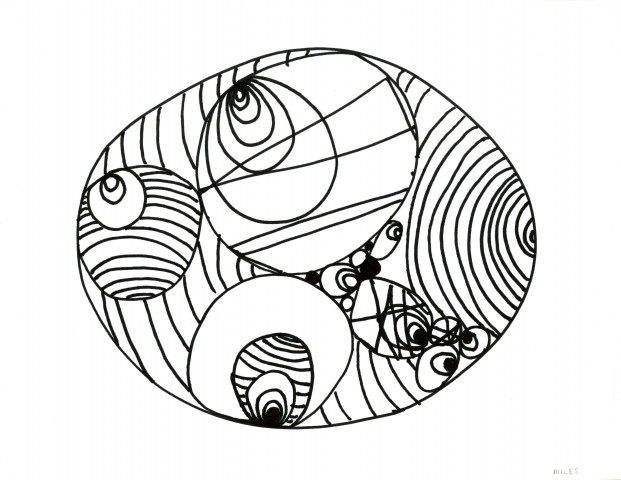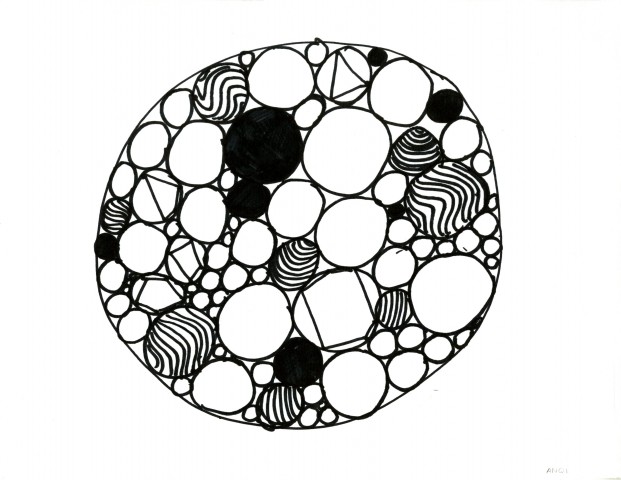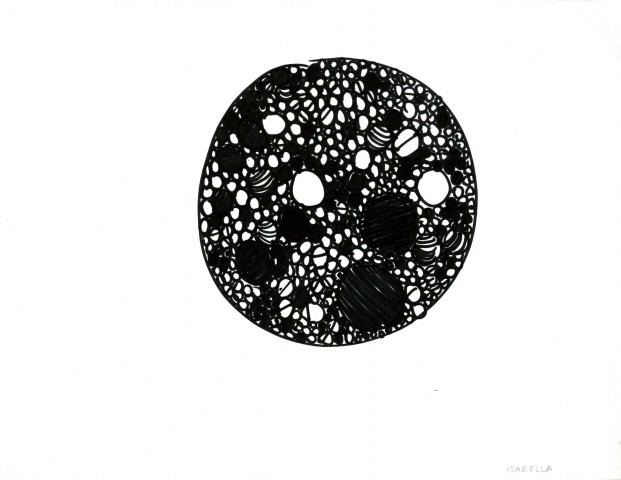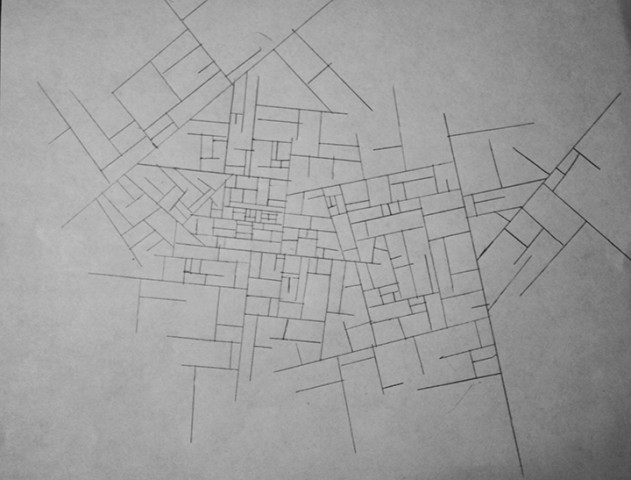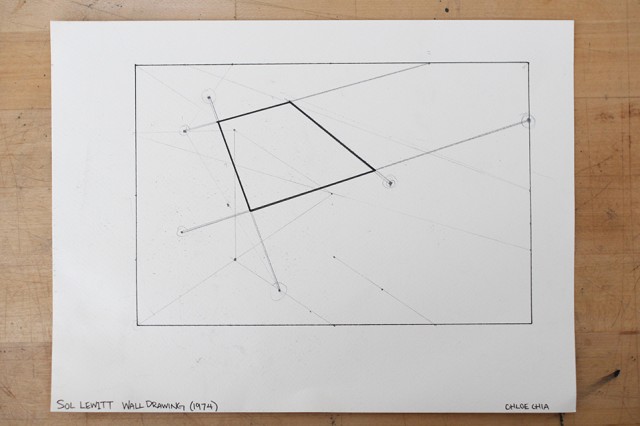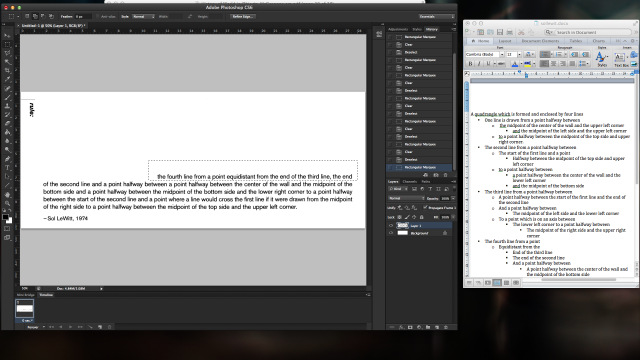Assignment-02-Lewitt
Drawing this was frustrating. Or, if frustration is too strong a word, then perhaps my senses were dominated by irritation that rendering this drawing is arduous and repetitive yet somehow still challenging. In fact, this brings me right down to the reason we write code. We invented computers to do long, boring calculations for us, and to do them faster than we ever could. We invented them to be accurate and to eliminate human error. This was more evident than ever when trying to execute Sol LeWitt’s “code”: one could choose to either act like Python and try to execute each instruction or set of instructions as they were encountered, or one could try to put brackets around the various sets of instructions to try and make sense of them. I am sure I made a mistake, as it is very easy to do. On the other hand, I am sure that for this particular piece there is “correct” way to complete it. The instructions were very precise, measurements were proportionally exact, and the only room for error was human error. Again, I find this frustration, and again, this is why we use computers. “Quadrangle” could well be a code but lacks a compiler able to run it methodically, and as humans fail to fit into such a category, the code is for all intents and purposes useless (unless the purpose is conceptual, as in to point out how humans differ in terms of thinking style etc.). This is the beauty of programming: a compiler will produce consistent, reliable results with preprogrammed outcomes. As humans, thinking different ways and finding different interpretations is enjoyable – and this is why we invented machines.
